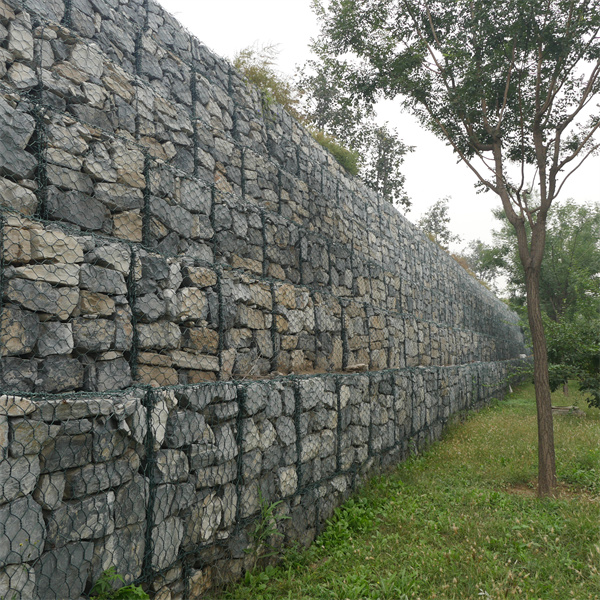sep . 01, 2024 07:23 Back to list
Best Gabion Wall Texture – Durable and Aesthetic Solutions
Best Gabion Wall Texture A Comprehensive Guide
Gabion walls have gained popularity among architects and landscape designers due to their unique combination of aesthetic appeal and practical functionality. Made from wire mesh filled with natural stones or other materials, these walls not only provide excellent structural integrity but also enhance the visual elements of a space. One of the key factors that contribute to the overall attractiveness of a gabion wall is its texture. In this article, we will explore the best textures for gabion walls and how they can elevate the design of your outdoor environment.
Best Gabion Wall Texture A Comprehensive Guide
One of the most captivating textures for gabion walls is the use of mixed stones. By combining various sizes and types of rocks, designers can create a visually dynamic surface that draws the eye. The interplay of colors—from earthy browns and grays to vibrant reds and greens—adds depth and interest, making the wall a focal point in the landscape. This technique also allows for better drainage and prevents the accumulation of moisture, ensuring the longevity of the structure.
best gabion wall texture

Another popular texture involves layering different sizes of stones. This approach not only enhances the tactile experience of the wall but also creates a more organic feel, reminiscent of natural rock formations. By carefully selecting and placing stones, designers can mimic the textures found in nature, creating a seamless transition between the built environment and the surrounding landscape.
For a more contemporary look, smooth, uniform stones can be used to achieve a clean and modern appearance. This texture is often favored in urban settings, where sleek lines and minimalism are paramount. The uniformity of the stones can also complement architectural features, tying the gabion wall into the overall design of the property.
Finally, incorporating green elements such as soil-filled sections planted with vegetation can significantly enhance the texture of gabion walls. As plants grow, they can soften the harshness of the stone and introduce dynamic colors throughout the seasons. This living wall aspect not only adds visual interest but also promotes biodiversity and sustainability.
In conclusion, the best textures for gabion walls depend on the desired aesthetic, environmental setting, and functional requirements. Whether opting for a rugged, natural appearance or a sleek, modern finish, the right texture can transform a simple gabion wall into a striking feature that enhances any outdoor space. By carefully considering texture, designers can create structures that are not only functional but also visually captivating, emphasizing the beauty of nature in the built environment.
-
HESCO Gabion Baskets for Coastal Erosion Prevention
NewsAug.22,2025
-
Longevity and Durability of River Rock Gabion Walls
NewsAug.22,2025
-
How to Integrate Gabion 3D Walls in Urban Planning
NewsAug.22,2025
-
Reno Mattress Gabion Applications in Civil Engineering
NewsAug.22,2025
-
How to Install Wire Mesh for Gabion Baskets Properly
NewsAug.22,2025
-
Best Materials for Filling a Chain Link Gabion
NewsAug.22,2025
-
Wire Mesh Thickness Impact on Gabion Wall Load Bearing
NewsAug.12,2025






